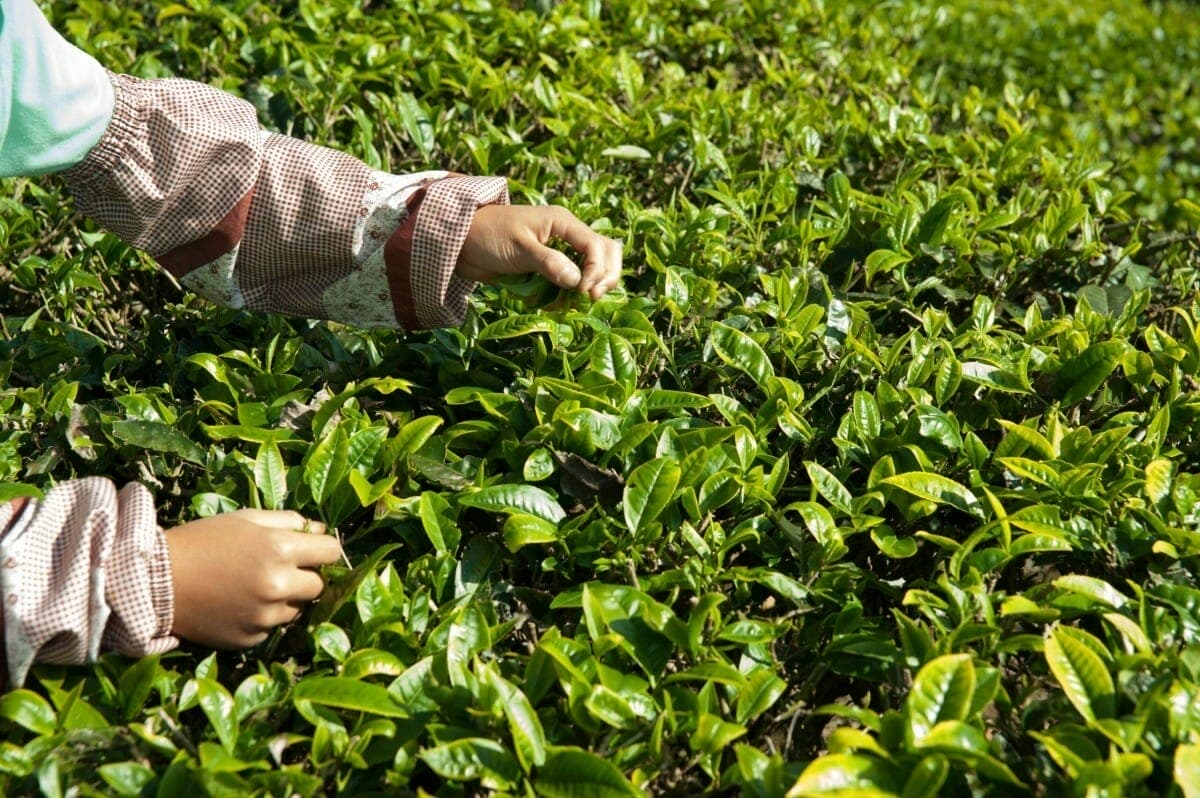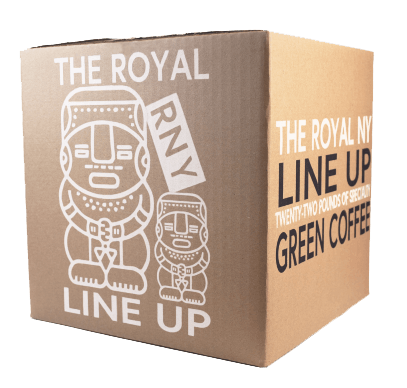No products in the cart.

Tea Processing: Oolong Tea
Oolong is the most varied style of tea production. It is mostly founded in Southern China and Taiwan. Some more closely resemble black teas, while others could be mistaken for green.
Plucking or picking depends on the oolong style being produced, but rarely are buds used for oolong. Lighter oxidation oolongs will generally use younger, more delicate leaves, while larger, older leaves will be used for more oxidized teas.
Withering is the partial drying of the leaves to 5060% moisture in about 2-4 hours. The loss of moisture softens the leaves which allows them to be rolled and shaped without breaking. The rate of withering will impact the final flavor.
Macerating or bruising the tea is important in breaking down the cells and releasing enzymes to accelerate oxidation. Maceration may not occur in all styles of oolong and is more common in more heavily oxidized teas.
The degree of oxidation is dependent on the style of oolong being produced. Oxidation will happen more rapidly if the tea was macerated or bruised, but may still be heated for 8-12 hours to accelerate the process. It may be on Bamboo mats or in drums
Fixing and drying haults the oxidation of the leaves, similar to Sha Qing in green teas. Most oolongs are pan fired. It will be twisted or rolled to release any aromatic oils before drying completely to stabilize them. There may be periods of rest in between.



